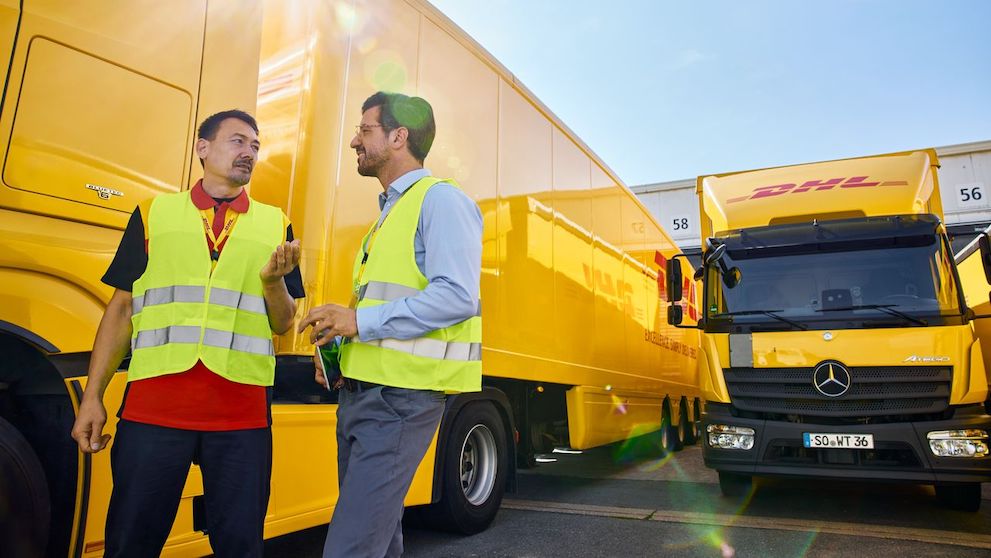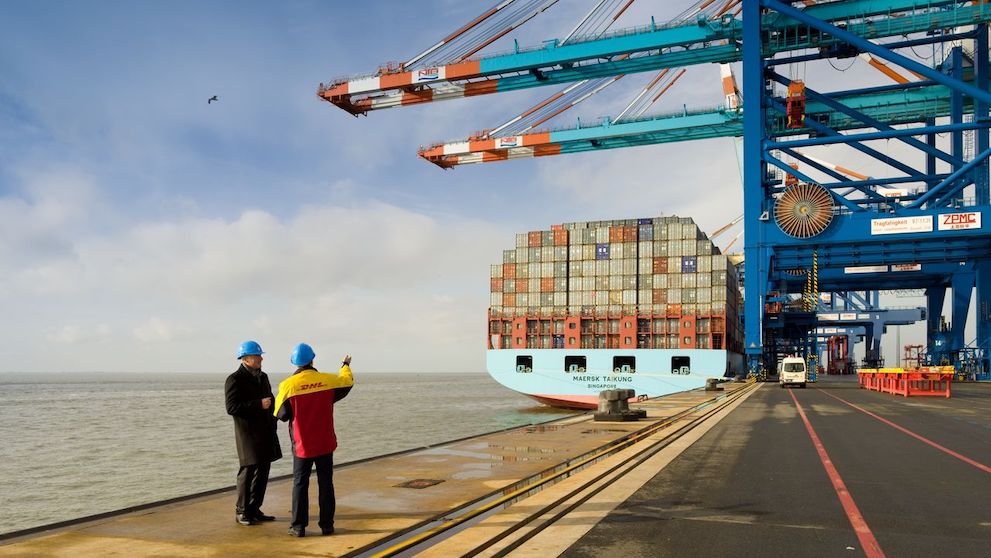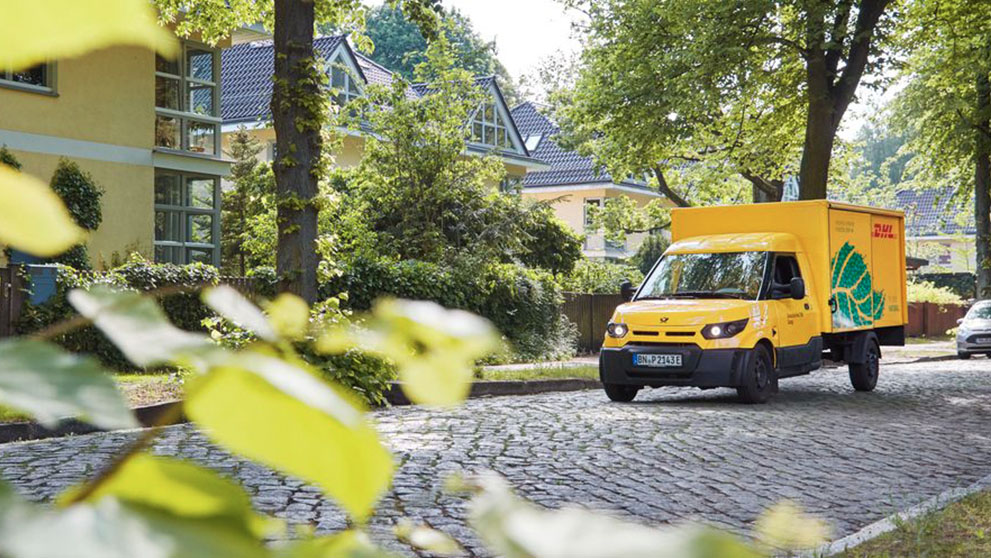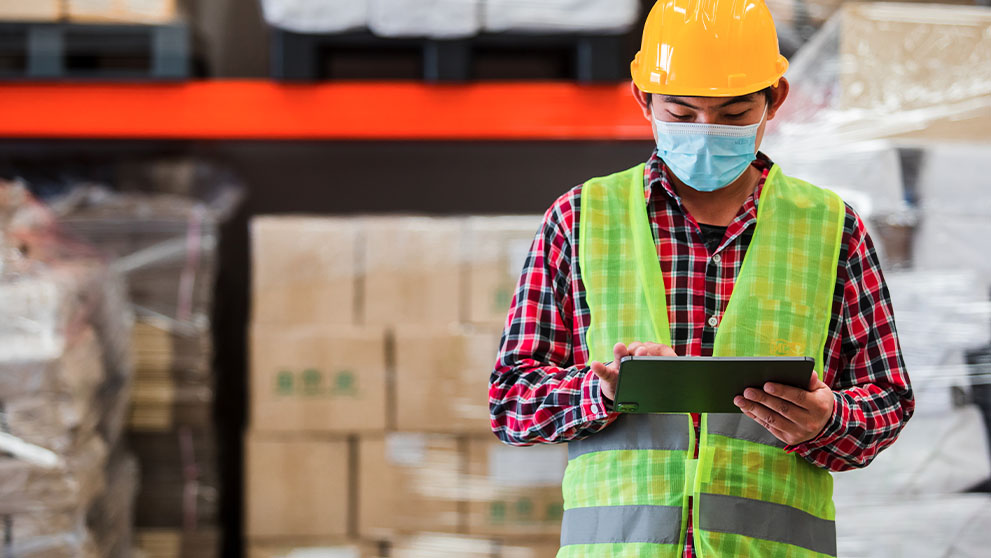Grow your business with the Discover newsletter
Logistics advice & insights straight to your inbox
Subscribe now
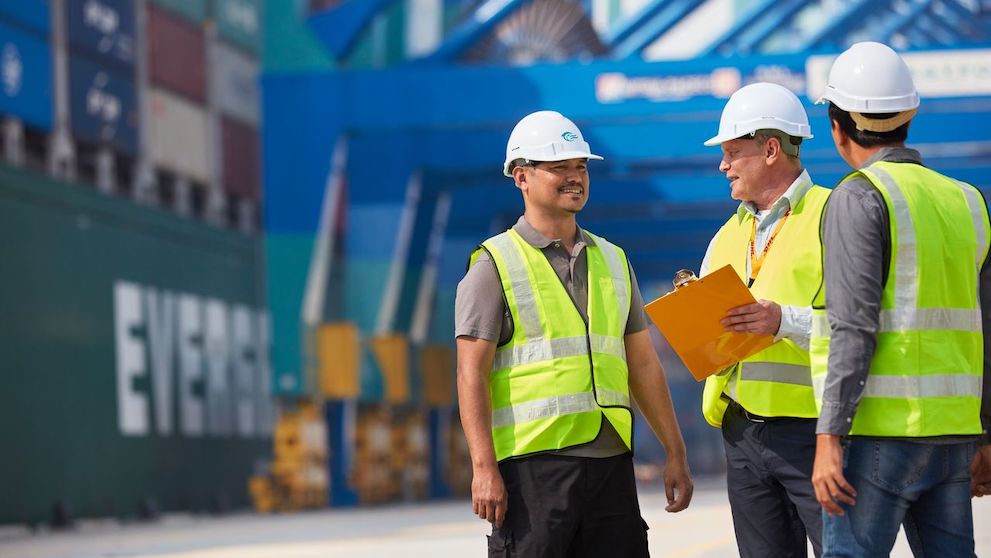
To say that COVID-19 has had a negative impact on businesses worldwide would be an understatement. Global travel was temporarily halted for a year as nations sealed their borders and internal travel was further monitored within large countries such as the United States. In light of these measures, the flow of raw materials and finished goods slowed down across the world. This posed a huge challenge as domestic consumer demand surged, with individuals consigned to spending within their own geographic bubbles. Elsewhere across the world, markets such as Hong Kong were faced with uncertainty and an inability to properly forecast demand and supply due to changes from COVID-19. Geographical shutdowns also put immense pressure on the external supply chains feeding into Asian regions like Hong Kong who depend heavily on export and imports to thrive.
In further densely populated nations, it seemed like the trend of revenue loss hit the food and beverage industry the worst. According to the Ministry of Economic Affairs, the revenue for this industry has declined for two consecutive years since 2020. Forced to shutter their doors and pivot towards a delivery-based model, COVID-19 bankrupted many entrepreneurs who struggled to cope with sudden changes. Even more so affected were logistics supply chains who were behind the technological curve.
In a report by Ernst and Young LLP, the majority of large logistic supply chains admitted that the pandemic exposed previously unnoticed weaknesses in their supply chain structure even before the pandemic, due to issues such as staffing and financial losses. The pandemic then incited many governments to enact social distancing and quarantine measures, further feeding into manpower shortages and operational failure in these supply chains. However, big name global supply chains such as Amazon, managed to leverage technology and automation, during the pandemic and actually reported COVID-19 as a huge boon for business.


New opportunities quickly emerged from COVID-19 with regards to safety and healthcare. The need for medical equipment, hygiene products, and ART test kits fanned the flames for increased efficiency amongst existing supply chains. Vaccines, in particular, exhibited how a quick turnaround was necessary during logistics. It also demonstrated how supply chains could pocket a hefty profit by being able to meet such needs. Enterprising industry leaders also saw this as a potential chance to expand services into supporting hospitals and pharmaceutical industries, forming key partnerships that would prosper post-COVID-19.
On a macroscale, a trend of outsourcing third-party logistics (3PL) for last mile delivery became economical options for businesses attempting to streamline their supply chain and fulfillment competencies. Lacking the resources, small-to-medium enterprises had to leverage external expertise to minimise waste and keep a longer lead time with more accurate projections and cost-saving operational efficiency from 3PL partnerships. Meanwhile, larger companies also used this time of volatility to develop strategic supply chain relationships and diversified their risks. Focusing on their core competencies, these corporations doubled down on their strengths and shored up weaknesses with some help from 3PL providers. An example of this is evident in Hong Kong with clients of the logistics company Easy Pack & Logistics utilising the existing assets of 3PL to make inroads into local and foreign markets.
An adjustment towards this new standard of integrated full-suite service in the post-pandemic world is denoted in the rise of contactless delivery. Social distancing measures and guidelines warranted minimal contact during the pandemic, causing supply chains to adapt and retune their fulfilment policies. Enabled by technology, contactless deliveries made use of down-to-the-minute product trackability and decentralised nodes to streamline processes.
Key to note in this period was the importance of flexibility and adaptability. Businesses that prospered in the time of COVID-19 were dynamic and constantly in flux, able to make changes as per necessary. Supported by prudent investments in technology, these same businesses could make up for gaps in labour by utilising the exponential labour-compounding effect of automation. In the case of Amazon, the logistics supply chain giant leverages technology through its self-stocking and packing warehouses coupled with the experimental use of drones to deliver orders, cutting down on any potential inefficiencies due to human errors or manpower shortages.
These facets of success look to be a mainstay in the future of a constantly changing global landscape, and if anything we wager that COVID-19 might have done more good than harm for supply chains that can fix pre-existing problems.

